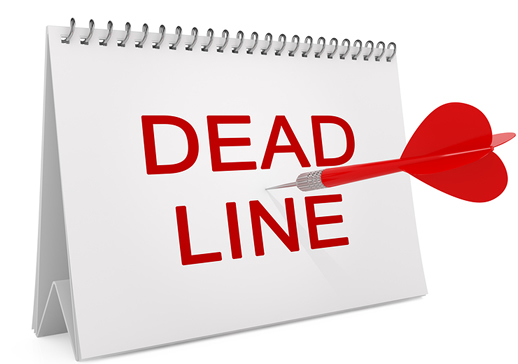Strategies for teaching math
Your site principal has asked you to share at the weekly Professional Learning Community meeting about instructional strategies and technology-based resources. You are to share 1 instructional strategy appropriate for primary grades, 1 instructional strategy appropriate for upper elementary grades, 1 technology-based resource appropriate for primary classrooms, and 1 technology resource appropriate for upper elementary classrooms.
Choose 2 instructional strategies for teaching math delivery: 1 strategy suitable for primary learners, and 1 strategy suitable for upper elementary learners.
Choose 2 technology-based resources: 1 appropriate for primary classrooms and 1 appropriate for upper elementary classrooms. 1 of these resources must reinforce problem-solving skills.
Create an 8- to 10-slide presentation using a technology tool of your choice.
Include the following in your presentation:
A justification for your chosen strategies and technology-based resources for teaching primary and upper elementary grades
A description of how your strategies and technology-based resources support learning of various math concepts
A description of how to incorporate real-life problem-solving strategies with each instructional strategy and technology-based resource
A description of questioning strategies you can implement to challenges students’ thinking and enhance their problem-solving skills
An explanation of why you think these strategies and technology-based resources will be successful for diverse learners
Benefits and limitations of each instructional strategy and technology-based resource
Sample Answer
Here’s a potential outline for your presentation:
Title Slide:
- Title: Enhancing Math Learning with Effective Strategies and Technology
- Your Name & School
- Date: [Date of Presentation]
Slide 2: Primary Instructional Strategy – Manipulatives
- Strategy: Manipulatives (e.g., blocks, counters, number lines)
- Justification: Young children are concrete learners. Manipulatives allow them to physically interact with math concepts, making abstract ideas more tangible.
- Math Concepts: Counting, addition, subtraction, place value, fractions, geometry.
- Real-World Problem-Solving: Use manipulatives to solve real-world problems like “If you have 5 apples and give 2 to your friend, how many apples do you have left?”
- Questioning Strategies:
- “Can you show me how you used the blocks to solve the problem?”
- “What if we had 3 more apples? How would that change the answer?”
- “Can you explain your thinking to a partner?”
- Benefits: Hands-on learning, promotes exploration and discovery, develops critical thinking and problem-solving skills.
- Limitations: Can be time-consuming to set up and clean up, may not be suitable for all learning styles.

 Our orders are delivered strictly on time without delay
Our orders are delivered strictly on time without delay  Our orders are delivered strictly on time without delay
Our orders are delivered strictly on time without delay 


